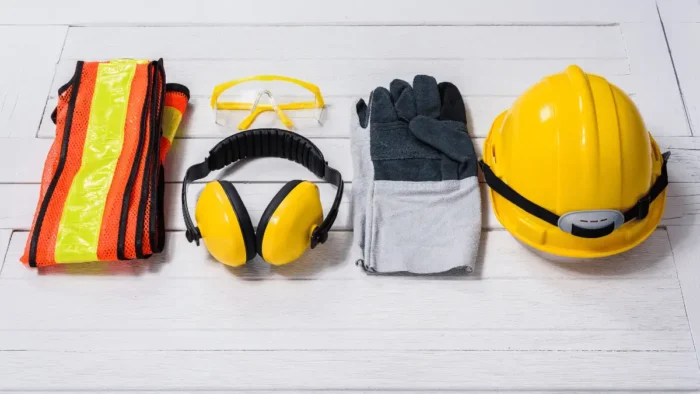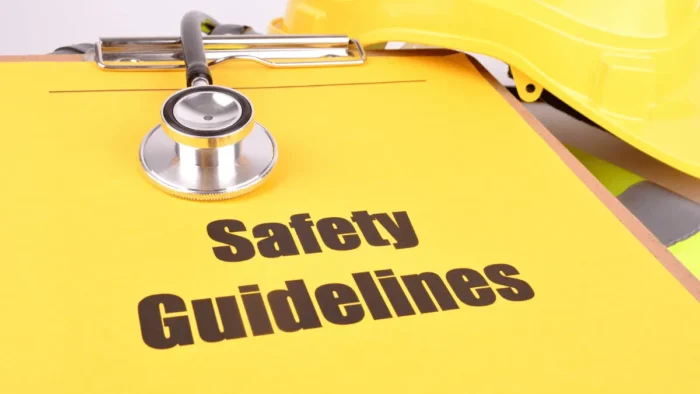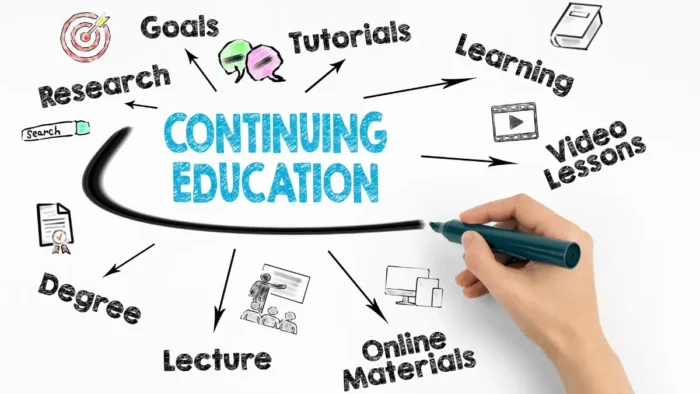As an entrepreneur and business owner, one of your key responsibilities is to ensure a safe environment for your employees and customers. How can you protect the well-being of everyone who steps into your building while also meeting regulatory standards and preventing potential liabilities? The response is clear, with strong safety guidelines.
This guide will cover some core safety guidelines you should follow as a business owner, providing you with a roadmap to develop a secure and prosperous workplace.
1. Security Measures
One of the first steps in promoting safety within your business is implementing security measures like installing security cameras, alarm systems, and access controls. These measures not only help prevent theft and break-ins but also act as a barrier for potential criminals.
Whether you need CCTV camera systems in Perth or a comprehensive security system somewhere else, if you invest in reliable security measures can provide peace of mind and protect your business from potential threats.
Also, don’t underestimate the importance of regularly testing and maintaining these security systems to ensure they function correctly.
2. Routine Safety Inspections
Regular safety inspections are crucial in identifying potential hazards before they escalate into serious incidents. Such inspections will help you entirely understand your business’s safety status and compliance with regulatory standards. So, you must conduct these checks periodically and after any significant changes to your operations or procedures.
Proactive inspections allow you to discover and locate minor issues before they become significant problems. This can include anything from a cluttered workspace posing a trip hazard to checking essential safety equipment like fire extinguishers or first aid kits for their expiration dates and functionality.
You must ensure that the feedback from these inspections is well documented and communicated to all relevant parties, from frontline employees to management on all levels. You can develop an environment that values safety and encourages vigilance by involving everyone in the process.
3. Employee Training and Education
Every employee should receive proper safety training regardless of their role or position. This isn’t just about knowing what to do in an emergency, and it includes also:
- Understanding the potential risks in their roles,
- How to prevent accidents and
- Specific ways to promote general safety and health in the workplace.
Onboarding everyone should include exhaustive safety training, but it’s also essential to provide ongoing education. Regular safety meetings, exercises, and refreshers strengthen knowledge and skills and, in such a way, ensure everyone knows how to respond more effectively when safety is compromised.
Remember, education isn’t just about training. It would be best if you promote an open dialogue around safety issues. If you succeed in this, your employees should feel comfortable reporting hazards, near misses, or safety suggestions without fear of repercussions.

4. Implementing Safety Policies and Procedures
When you implement safety policies and procedures, you will standardize the commitment to a safe workplace. These documents provide:
- Safety guidelines for handling various situations,
- How to reduce ambiguity and
- How to ensure a consistent approach to safety across the organization.
You must ensure these policies are easily accessible, clear, and concise so employees understand their responsibilities and expectations. They should cover various issues, from reporting accidents to conducting safety exercises and using protective equipment.
Remember that safety policies and procedures are not static documents you will set and forget. You must ensure they are reviewed regularly and updated as necessary to reflect changes in your business operations, regulatory requirements, or industry best practices.
5. Encouraging a Safety-First Culture
Promoting a safety-first culture goes beyond written policies and formal training. It’s about creating an environment where safety is valued and prioritized at every level of your organization. This culture affects attitudes, behaviors, and decisions, contributing to a safer workplace overall.
Leadership plays a crucial role in promoting this culture. As a leader, you must model safe behavior, listen and respond to employees’ safety concerns, and celebrate safety achievements. This sets the tone for the entire organization, showing that safety is not just a priority but a fundamental value in your company.
Engagement is critical to a strong safety culture. Regular safety meetings, recognition for safe behavior, and open, two-way communication channels can all contribute to an engaged and safety-conscious workforce.
6. Emergency Preparedness
No matter how much effort is put into prevention, emergencies can still occur. So, it would be best if you were prepared for these situations. It is paramount to have evacuation plans, ensure emergency exits are clearly marked and unobstructed, and have adequate first aid supplies.
An effective response to emergencies is about more than physical resources. It also involves training staff on responding to different scenarios, such as fires, natural disasters, or health emergencies. This training should be updated and practiced regularly to keep everyone’s skills sharp.
Finally, it’s essential to review and learn from any emergencies that do occur. This might involve identifying and addressing any gaps in the response, updating plans and procedures based on what was discovered, and providing additional training as needed.
Related: Your Business Emergency Preparedness Checklist
Conclusion
In conclusion, safety should be a top priority for every business owner. If you implement the abovementioned guidelines, you can create a safe and thriving workplace for your employees and customers. Remember you must regularly review and update these guidelines to ensure ongoing compliance with safety standards and prevent potential hazards.





